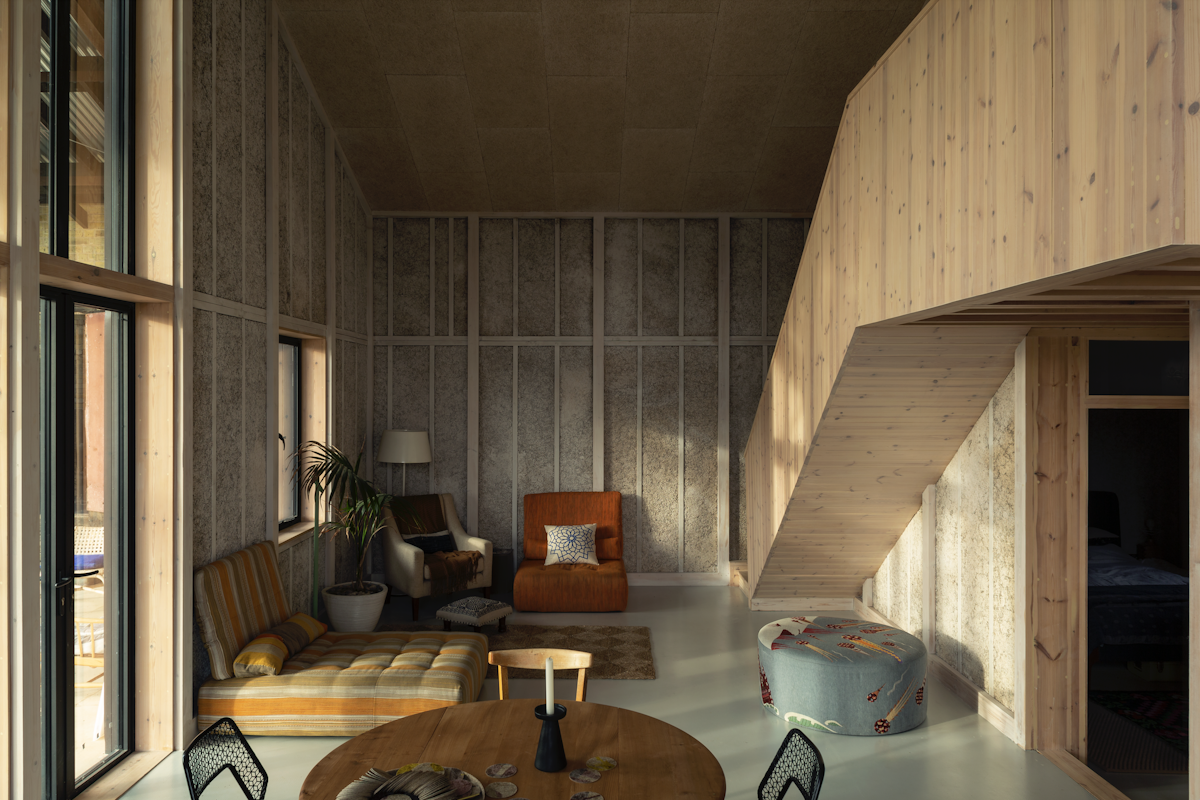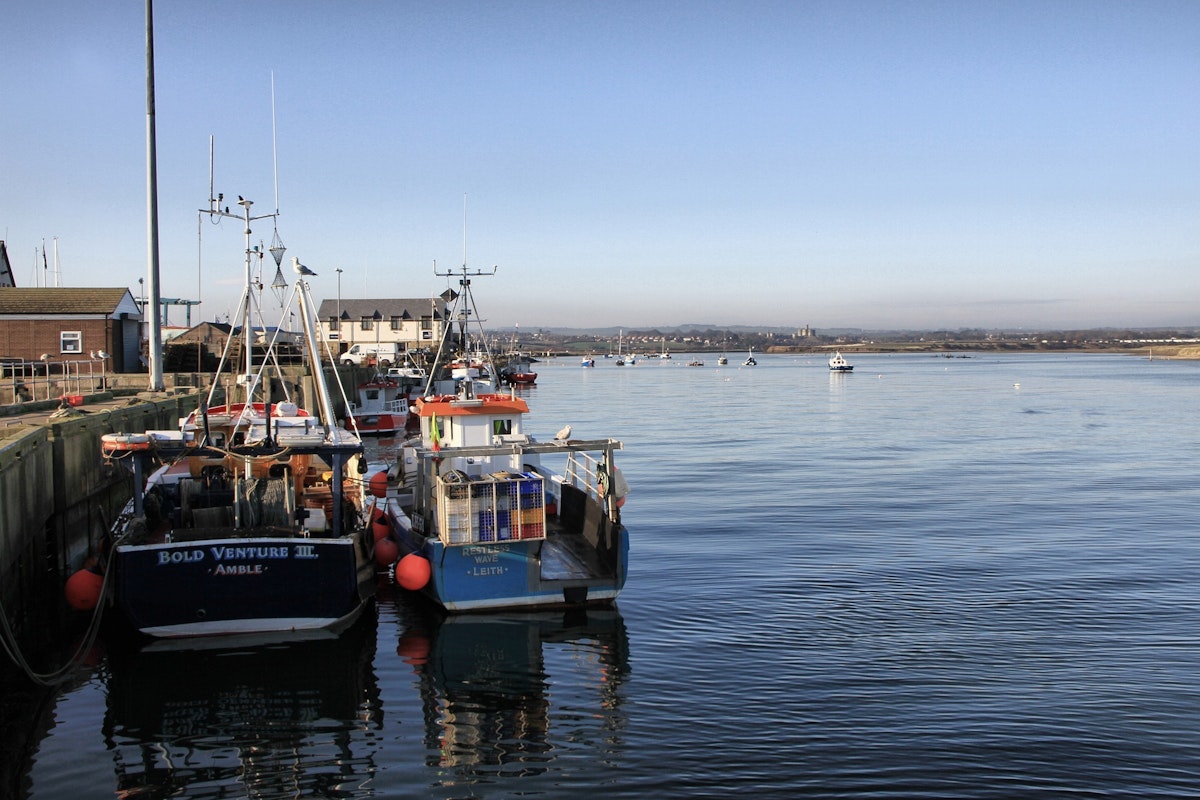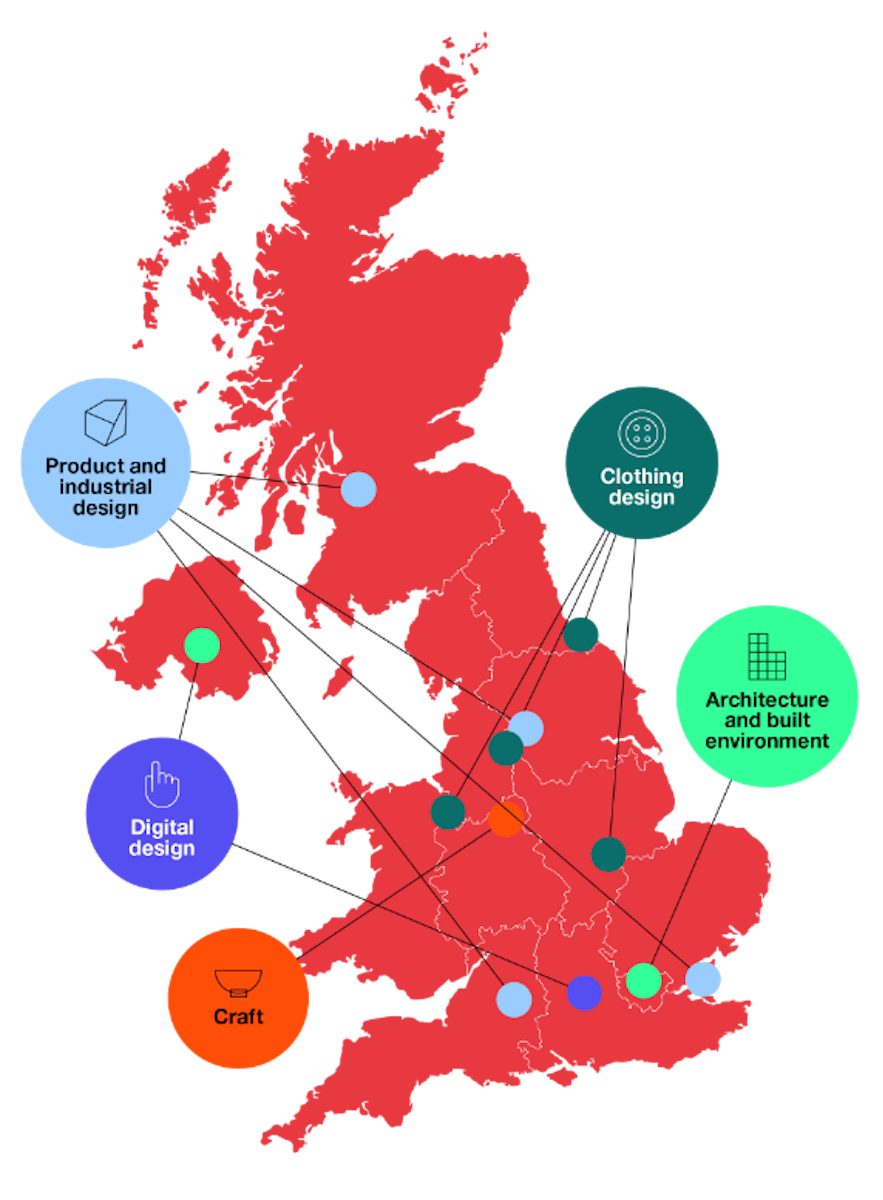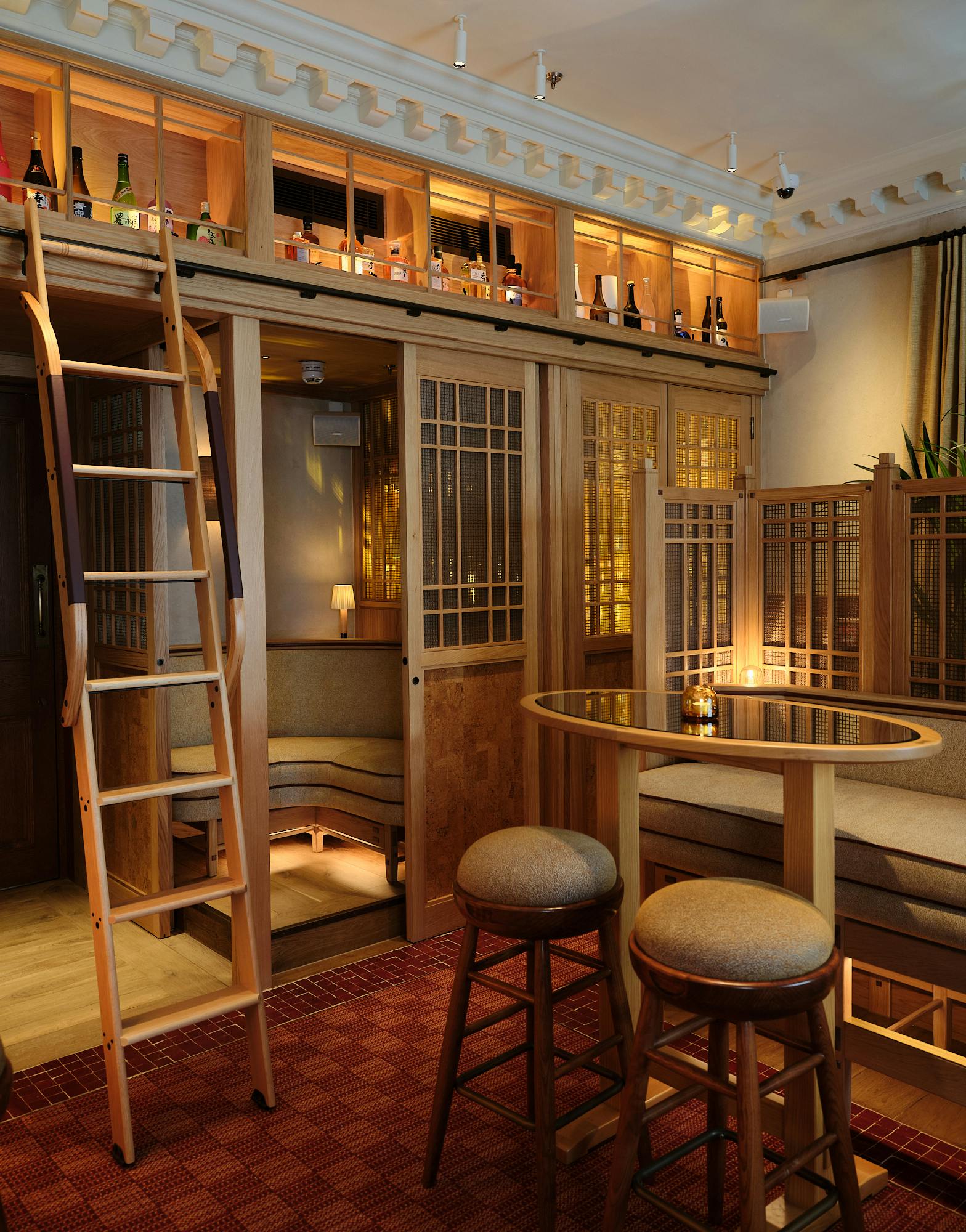
Words by Irene Håkansson, Above Image: The 2025 report that shifted the conversation: Design’s value goes beyond economics
04 Aug 2025
Designing Growth: How the UK Design Economy Drives Prosperity and Planet-Positive Change
Reflections from the Design Council’s latest research programme and a foundation for what comes next

Dr. Irene Håkansson is Senior Research and Impact Manager at the Design Council
As the UK prepares to host the World Design Congress in September 2025, we’re shining a spotlight on the role of design in tackling today’s biggest challenges – from building a greener economy to creating better public services.
At the heart of that story is evidence. Between 2021 and 2024, the Design Council’s flagship research programme, Design Economy, examined how design contributes to growth, innovation, and sustainability – providing data, case studies, and insight to help put design on the policy agenda and at the heart of economic strategy.
The programme has surfaced new narratives and equipped decision-makers with tools to understand where, how, and why design creates value – economically, socially, and environmentally. As we look ahead, these insights provide a strong foundation for deepening the research, widening participation, and developing partnerships that can unlock design’s full potential.
Beyond Economics: The Social and Environmental Value of Design
The Design Economy research has helped widen the lens on what design really delivers. While economic contribution remains vital, the work has shown how design also supports social equity, environmental responsibility, and democratic innovation.
In The Environmental and Social Value of Design (2025), we found that two-thirds of designers report working on environmental challenges, and 60% on social issues – from reducing carbon emissions to improving community inclusion and public health. This reflects a growing recognition of design as a tool for systems change. The Design Value Framework (2022) was developed to help practitioners describe and assess this broader value.
Beyond its contribution to practice, the research has helped move design up the policy agenda. The government’s Creative Industries Sector Plan draws on it to highlight how design contributes to environmental and social goals – by making things more sustainable and shaping the choices people make. It feeds into the Circular Economy Taskforce, where design is being recognised as key to cutting waste and building a more regenerative economy. And it helped secure Design Council’s seat on the Net Zero Council, where we’re now working to put people at the heart of climate action.

Photo Credit: Oscar Proctor
Material Cultures is one of many design-led businesses showing how sustainability and commercial performance can align—through low-carbon, locally sourced innovation
But if we are to make the case to government and industry that design is an essential enabler of the net zero transition, we need to go further. We know that design contributes to commercial success, and we have seen through many inspiring case studies that it enables green growth by reducing costs and emissions, driving innovation, creating new revenue streams, and enhancing business resilience. But we don’t yet have the headline-grabbing data that will convince the C-suite or Treasury that design is the go-to tool for their sustainability journeys. That is the key evidence gap we hope to fill in the next phase – building on what we’ve learnt to deliver new insight that bridges design skills and green growth.
At the same time, there is another gap we can’t ignore: a capability gap. Designers want to contribute to green growth, but many don’t yet feel equipped to do so.
Closing the Gap: Skills for Green Design
Plenty of designers are trying to tackle sustainability and inclusion. However, only 43% of designers say they feel confident in delivering green design work, and just 19% regularly measure its impact.
This is both a workforce challenge and a growth opportunity. Green design skills are essential to meeting client demand, supporting innovation, and preparing the UK for a net zero economy.
In response, the Design Council launched its Skills for Planet Blueprint (2025) – a practical map of the knowledge and capabilities designers need to design sustainably. It provides a common language and shared direction for upskilling across the sector. It is the first initiative in a wider upskilling mission, which aims to reach 1 million designers by 2030.
But the impact of design goes far beyond the design profession. In fact, 77% of people working in design roles are employed outside the design sector in fields like construction, healthcare, or finance. These individuals are making design decisions every day, shaping systems and services that affect millions.
Recognising and supporting this distributed design workforce is just as important. If design is to support systemic change, we need to think not only about specialist skills, but about how design methods and mindsets are embedded across the wider economy.
Design in the Public Sector: Capability in Action
The public sector shows just how widely design is being used – often by people who don’t call themselves designers. Councils, housing teams, NHS trusts, and emergency services, all use design to make services more inclusive, efficient, and user-centred.
The Public Design Beyond Central Government (2025) report revealed that 88% of public sector employees use design in some form, and almost a third use it strategically. This includes co-design with residents, service prototyping, and systems approaches to complex challenges.
The fact that non-designers often lead this work, reinforces the case for embedding design skills across professions and creating more supportive infrastructure.
The Design Council’s contribution to the Public Design Evidence Review helped capture this practice and shape policy recommendations. It highlighted that design capability doesn’t just improve services: It can support local innovation, unlock better jobs, and contribute to inclusive economic growth.

Photo Credit: Pixabay
Amble’s regeneration is a vivid example of co-production in action—where public services, community voices, and design leadership came together to create new opportunities
Design for Economic Growth and Place-Based Prosperity
Design’s economic value remains one of the clearest – and most compelling – parts of the story. The UK’s design economy supports over £97 billion in GVA, powering innovation across every sector – from manufacturing and construction to tech and healthcare. But that figure dates back several years. It’s time for an update.
Later this year, the Design Council will publish fresh national figures on design’s contribution to the UK economy. Looking ahead, we want to make this a regular feature: a GVA Tracker that publishes annually and keeps design on the radar of policymakers and CEOs. It’s about making the case, year after year, that design drives growth and deserves investment.
But value isn’t just about scale, it’s also about geography. Design is unevenly distributed across the UK. Our research found that while clusters of high-value design activity exist, many regions have untapped talent and underused design potential. As the government doubles down on place-based policy – from levelling up to net zero – design can play a critical role in local regeneration, infrastructure development, and regional growth.
By mapping local design activity and engaging place-based partners, we can build a clearer picture of how design drives prosperity – not just nationally, but in the places where people live and work.

Credit: Design Council
Mapping the UK’s design economy: our People, Places, Economic Value report highlights vibrant design clusters from city centres to coastal towns
Evidence That Moves Policy
Our research programme has shown how evidence can elevate design from background process to strategic tool. It has helped bring design into policy conversations about growth, innovation, and the transition to net zero.
The Green Skills Gap (2024) report made the case for increased investment in (green) design capability; the economic analysis supported, not least, the sector’s response to the government’s Industrial Strategy; and regional insights informed local strategies. In all of these, research was a means to make better decisions, with design as part of the solution.
That is the model going forward: Research both for the sake of evidence and as a tool for change.
In Summary: What the Research Has Shown
- Design is a strategic enabler of national goals, from net zero and circular economy to levelling up and inclusive growth
- Green design skills are in demand but unevenly distributed, prompting the launch of a major national upskilling mission
- Much of the design that drives impact happens outside the design sector, especially in public services and local government
- Design’s economic value is clear and growing, contributing £97bn GVA, with new research planned to update and extend this evidence
- Design Council’s research continues to shape policy – from the Industrial Strategy and Creative Industries Sector Plan to our ongoing conversations with government around the upcoming Circular Economy Strategy.
- A more robust, consistent evidence base is now within reach, through repeatable metrics and closer alignment with government priorities
Looking Ahead
As the UK prepares to host the World Design Congress, we have an opportunity to showcase design’s value not only as a cultural and creative force, but as an enabler of green, inclusive economic growth. The Design Economy research programme has helped lay the foundations. What comes next is about building on that momentum – deepening our evidence, expanding our reach, and developing the partnerships that will help design deliver on its full promise.
- https://www.designcouncil.org.uk/who-we-are/our-people/irene-hakansson/ - Dr. Irene Håkansson
- https://www.worlddesigncongresslondon.com - World Design Congress
- https://www.designcouncil.org.uk/our-work/design-economy/ - The latest Design Economy research




